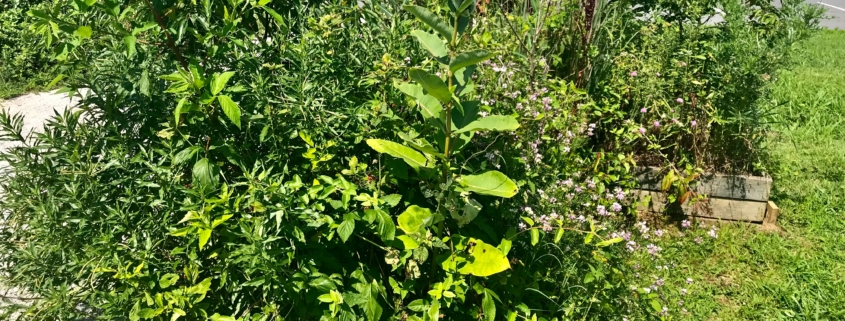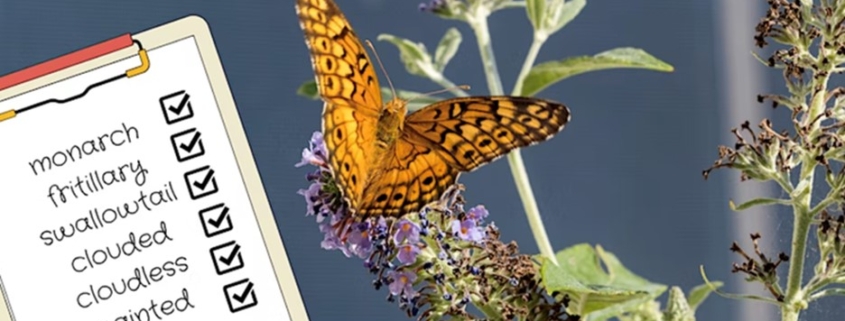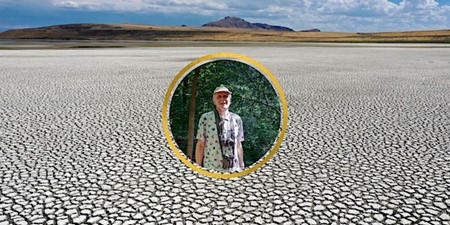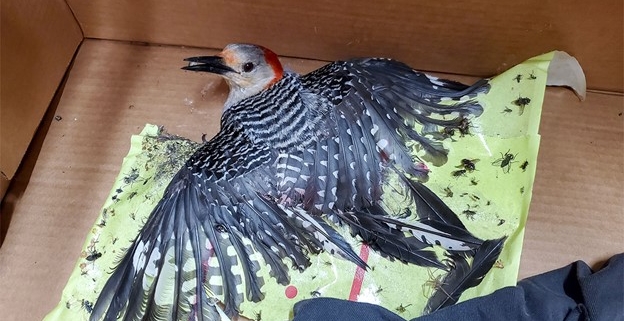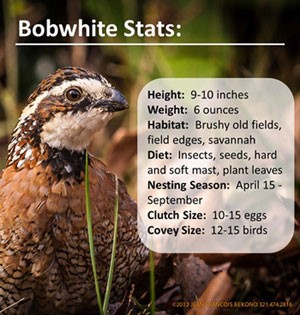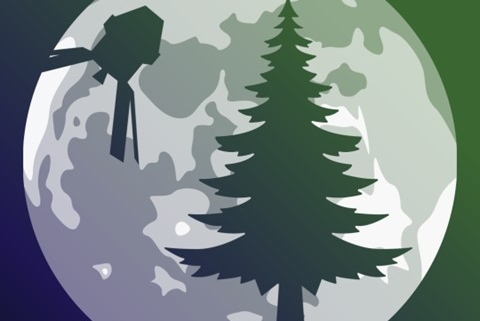Radio Meteor Observing
Illustration 1: With Permission from www.LiveMeteors.com. A meteor trail is capable of reflecting radio waves from transmitters located on the ground so that they can be detected by amateur radio antennas.
Article by FMN Stephen Tzikas
We have all seen “shooting stars” or meteors. They are rocky fragments that collide with the Earth and burn up in the atmospheres, causing that “shooting star” effect. People can explore meteor observing a little more scientifically through the American Meteor Society website: https://www.amsmeteors.org/
There is another aspect to meteor observing than can be done under any conditions, such as daylight hours and inclement weather, and that is with radio meteors. Counts of radio meteors provide valuable data. Radio detection of meteors is more effective than optical observations. Hence, it may be possible to discover many new minor meteor shower swarms, their cometary fragment trails, and their original associated comets. A meteor in the Earth’s upper atmosphere produces a sharp pinging sound of about a second’s duration in the continuous live display found at www.livemeteors.com. This website offers a way for anyone to gather intensity and duration data for radio meteor echoes on a continuous 24/7 basis, allowing the recording of meteor showers throughout the year. A receiver tuned to a received radio beacon, an antenna, and a recorder or a computer, are needed if you decide to reproduce the set-up. In Figure 1, I provide an example of a Spectrum Waterfall Display taken from www.livemeteors.com on April 16, 2015 for the Lyrid meteor shower at precisely 4:40 AM local time or 08:40:24 UTC and 55.24 MHz.
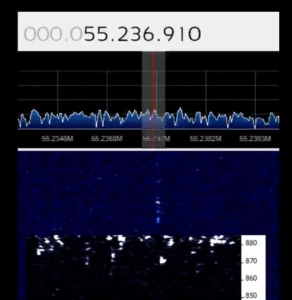
Figure 1: Author’s screenshot from https://www.livemeteors.com
The Canadian Meteor Orbit Radar (CMOR) has an interesting website: https://aquarid.physics.uwo.ca/research/radar/cmor_intro.html . While reviewing the website, take a look at the projects and activities that are being investigated. The interesting research to determine meteor radiants and original source comets, including those for meteors not seen optically, is still in its early stages and needs support. The American Meteor Society, whose link I provided earlier, also has a radio observing program.
The field of radio astronomy observation is large and relatively new. Even for amateurs, there are many opportunities to develop the field. Such opportunities usually require dedicated self-starters who can apply the science and engineering of radio astronomy into meaningful observations and datasets. However, radio meteors is one of the simpler observational programs that master naturalists can enjoy.



